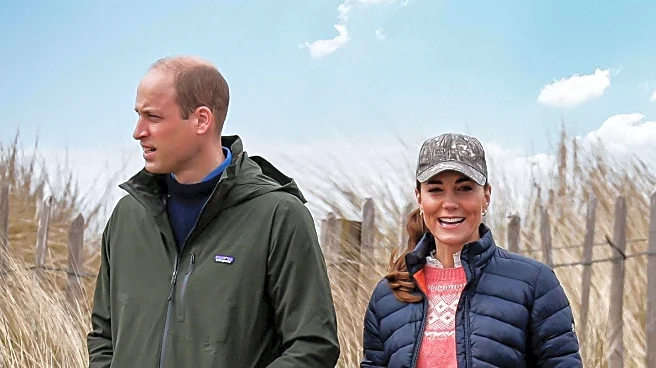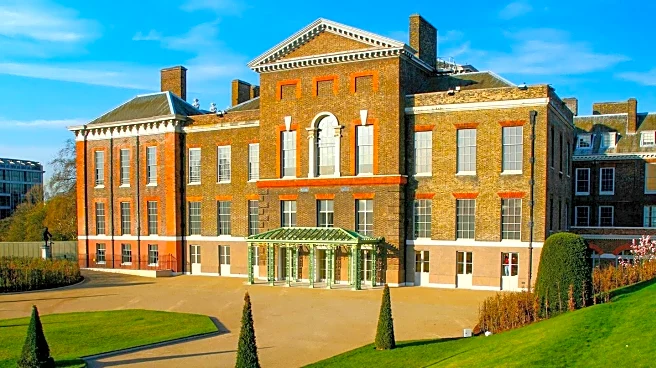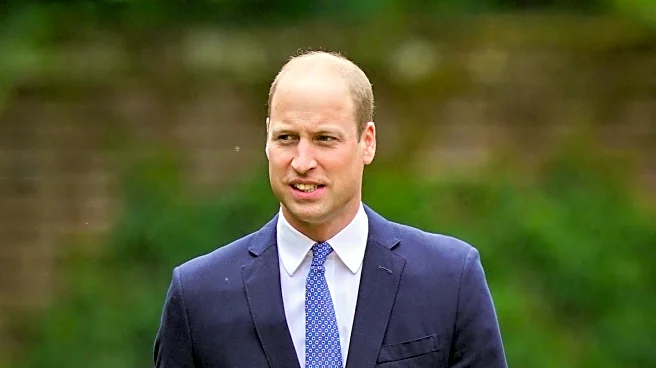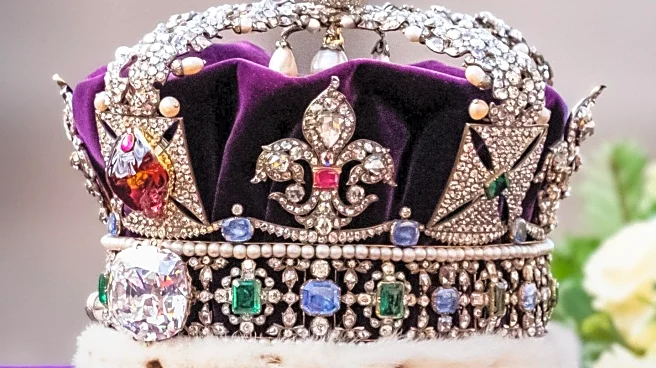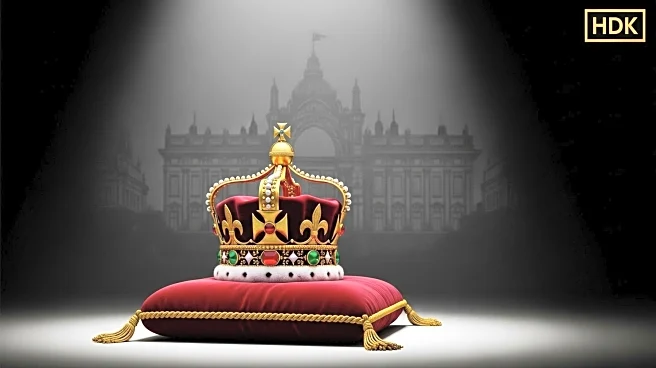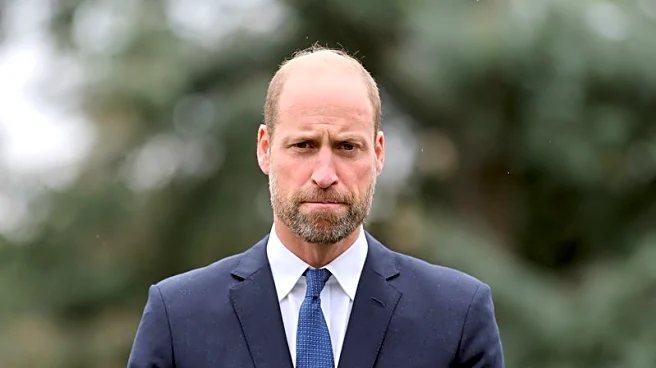What's Happening?
Prince William and Kate Middleton have sparked controversy by designating a 60-hectare exclusion zone in Windsor Great Park, which restricts public access to accommodate their new residence. The area, previously open to the public, has been fenced off, with CCTV cameras installed and 'no public entry' signs erected. This move is part of security measures under the Serious Organised Crime and Police Act, aimed at protecting the royal family from media intrusion. The couple's decision to relocate to Forest Lodge, a Grade II-listed Georgian mansion, has upset local residents who regularly use the park. The exclusion zone has led to the permanent closure of Cranbourne Gate and its car park, affecting dog walkers and other park users.
Why It's Important?
The decision to restrict access to a significant portion of Windsor Great Park highlights the ongoing tension between public access to royal estates and the privacy needs of the royal family. This move has drawn criticism from locals who feel deprived of a cherished public space. The backlash underscores the delicate balance between security and public interest, as the royal family seeks to protect their privacy while maintaining public goodwill. The exclusion zone may set a precedent for future security measures around royal residences, impacting public access to historically significant areas.
What's Next?
The exclusion zone is set to be enforced permanently, with Cranbourne Gate closing on September 29, 2025. While the Home Office and Kensington Palace have declined to comment on security matters, the decision may prompt further discussions on the accessibility of royal estates. Local residents and park users may continue to express their dissatisfaction, potentially leading to public campaigns or petitions. The royal family may need to address these concerns to mitigate negative public sentiment and ensure a harmonious relationship with the community.
Beyond the Headlines
The controversy over Windsor Great Park reflects broader issues of land ownership and public access in the UK. Historically, royal estates have been both private and public spaces, with their management often sparking debate. The exclusion zone raises questions about the rights of the public versus the privacy of the royal family, highlighting the evolving role of royal estates in modern society. This situation may influence future policies on public access to crown lands, balancing heritage preservation with contemporary security needs.

